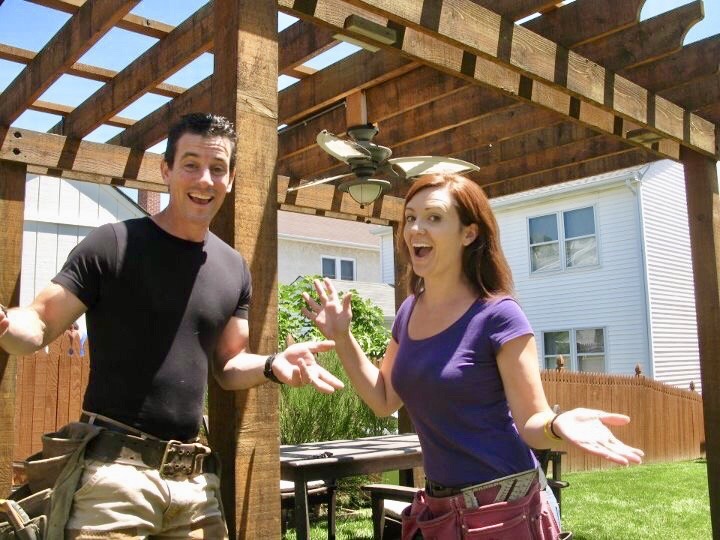
Remodeling a house is complicated, and it’s tough to slide through an entire house flip without any home flip problems. However, flipping a house isn’t new, so there are many experienced flippers and remodelers who can offer advice and warnings.
Just don’t rely on the easy-dreamy way house flipping is portrayed on reality TV shows. They leave a lot of the mess and painstaking planning out and they often focus on ‘drama’ that may or may not be ‘real.’
In reality, quite a lot that can go wrong with any home flip. Be prepared for the expected common home flip problems, so you have the bandwidth to deal with quirky conundrums when they pop up, too.
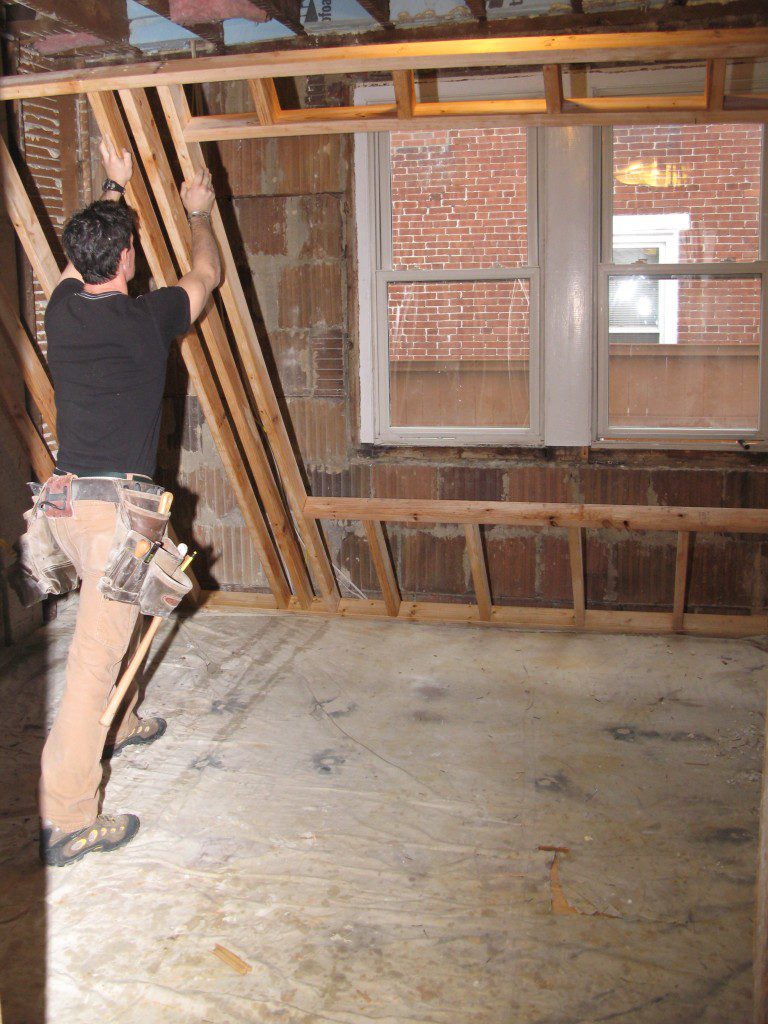


Keep reading to find out some of the most common problems that you are likely to come across during a home flip. As long as you are aware of these and you have at least a basic idea of what you might do about them, you are going to be in a much better position during the process.
Hidden expenses are lurking everywhere.
No matter how careful you are, you are bound to find that there are some hidden expenses from time to time. Many of these will need clever solutions to avoid expanding your investment. It’s best to think about budget surprises from the start, and work it into the initial budget.
To begin with, you might simply want to make sure that you are planning financially. As a good rule of thumb, add around 10 to 15 percent to what you think you might need for the flip. Put that amount aside just in case anything goes wrong. You will probably find you need to dip into it at some point or another, so don’t be surprised when that happens. Again, it’s just all part of the process. But the more prepared you are, the less of a shock it will be.
And don’t think of this ‘surprise’ money as a source for upgrading to a better tile or more stylish light fixture. It can be surprising how fast a little upgrade here and there can whittle down the available cash.
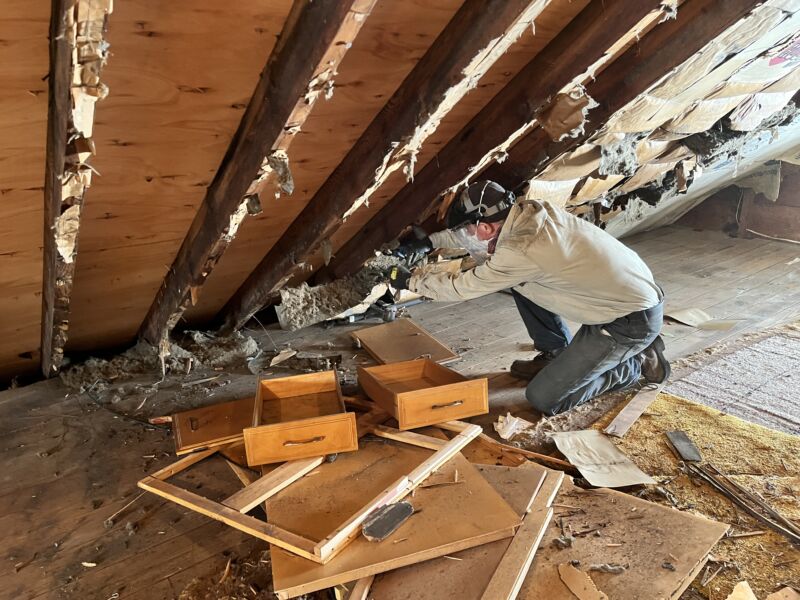


You might just find mold, mildew, or decaying underlayment.
Or worse, if the home hasn’t been inhabited for a while, little creatures have made the attic home.
Foundation needs repair.
Home inspections before buying a house are crucial. If you’ve bypassed the inspection to fast-track the buying process or make a more attractive offer in a competitive real estate market, you might find surprise structural issues like a cracked foundation.
Some concrete cracks that are less than 1/8-inch wide are considered ‘acceptable’ and expected under the leading residential code organization, International Residential Code. If cracks in the foundation are larger, address them now. Cracks or damage to the foundation need to be fixed as soon as possible because it can cause more serious issues down the line.
It’s also wise to know some of the signs of potential foundational issues. If walls don’t appear straight, doors don’t fit properly in their frames, and windows are not quite fitting, it could be just symptomatic of an old house ‘settling.’ However, it’s also worth checking the foundation for potential issues.
When the foundation isn’t visible, hire a contractor or house inspector to check it out before you do anything else. If you go ahead and start updating the kitchen or trimming out the living room, you might end up having to redo these projects. Plus, repairing a foundation can be expensive, so it’s good to get the big ticket problems that affect the rest of the house flip done early in the process.
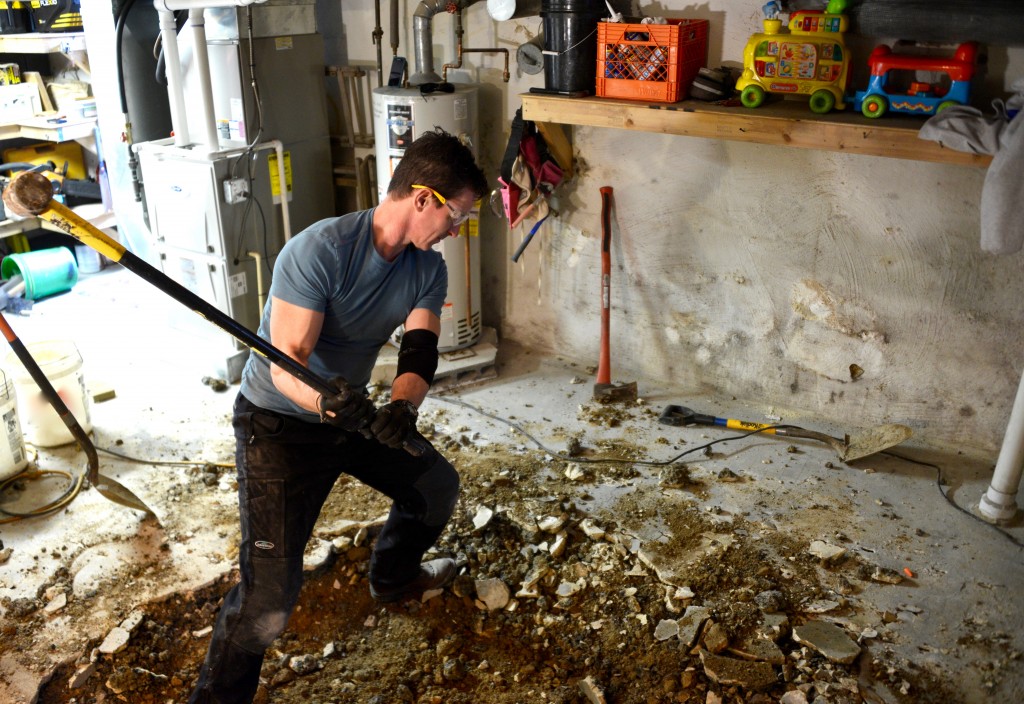


Digging down through concrete slab and repouring a new one is usually the owner way to make that happen.
Old or questionable plumbing needs work.
It is quite common for older homes to have less-than-awesome plumbing. The pipes might no longer fit local code requirements or they just might be so old and lined with build-up that the water isn’t awesome. Fixing plumbing is an essential, as it can get worse and lead to all sorts of problems, such as water damage, leaks, and more. It’s hard to fix plumbing without opening walls, floors, and ceilings, so any finish work will need to be redone. Plus, hard water leaves evidence all over plumbing fixtures and it affects health, too. So if the plumbing might need some work, this is something that you will need to put near the top of the list.
Some of the time the solutions are fairly simple, and some are more complicated. While it’s best to hire a local plumber to assess and fix the plumbing, you might need to just install a whole-house water softener, new galvanized steel pipe in some areas, or the entire system might need an overhaul. And a long-unused system must need a bit of a flush-through. All in all, just make sure that the plumbing is sound and reliable. You can’t really flip a home if the plumbing is not working properly.
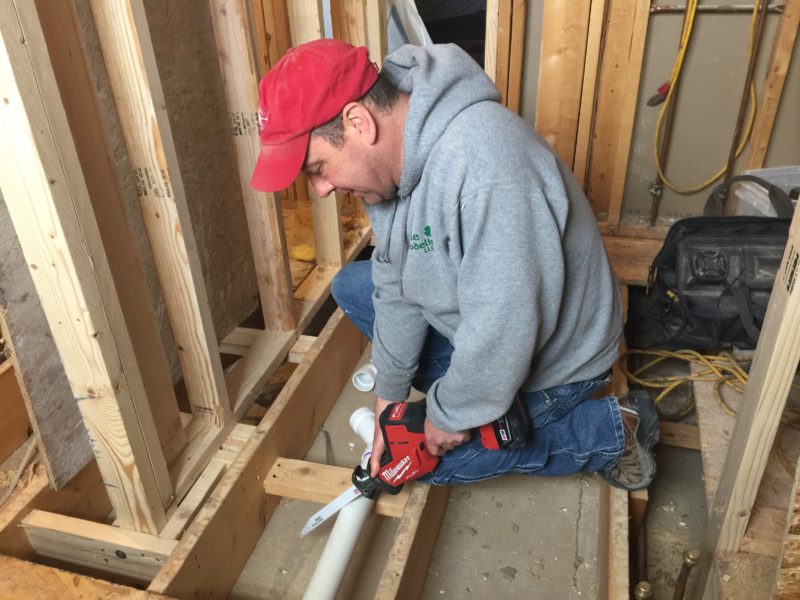


Faulty wiring isn’t up to local modern code.
Just like with plumbing, address any issues with electric wiring in the home early. Faulty wiring not only is a hazard, it will also impede your process flipping the house. Without reliable electric, a generator will need to be on site to power tools, and your coffee maker (if you enjoy a quick coffee break like us).
Beyond getting the house inspected and checked by a local licensed electrician, also be on the lookout for signs of faulty wiring. For instance, if you notice that an outlet is getting hot, it can be a potential fire hazard. Fix this as soon as you can. Or if you have an appliance that is making excess noise, that can be a problem, too.
This is something where it is vital that you get a professional in to help. It is potentially dangerous to fix electric on your own. As long as the professionals are there, they are going to be able to help you and in a safe way.
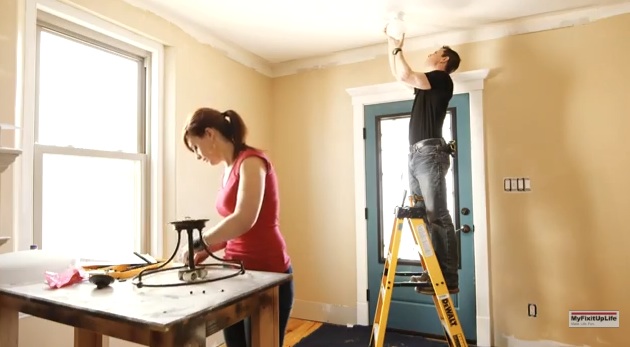


Financing can change.
Even if you have budgeted well, there can be times when your finances suddenly change. This can be a really frustrating situation, but it happens to everyone from time to time. When this happens, have some kind of plan for how to proceed, at least until things improve again.
You might need to put tackling the house flip problems on hold. Think about scaling back on the overall remodeling vision of the house. Consider asking someone to invest in the property, so you can receive cash to keep the project going. But, your overall profit will be less.
Essentially, don’t expect that the money will always be there. Humans get sick, and surprises happen everyday that aren’t part of common home flip problems.
Not everything takes as long as you’d like.
Once you start on a project like this, your schedule and timing can become tough. You must work efficiently and quickly to maximize the overall profit. So, when things take longer than expected it can be quite hard to work through. It might mean that you are going to struggle to get everything done on time, too.
Of course, you should still try to make the best use of every minute you have on site. But, if you find that it is harder than you thought, then reevaluate your investment. A home flip isn’t as easy as you might have seen on TV. There’s always a way to re-strategize your vision and goals so the home flip problems don’t turn into your family’s worst nightmare.
About the Author



